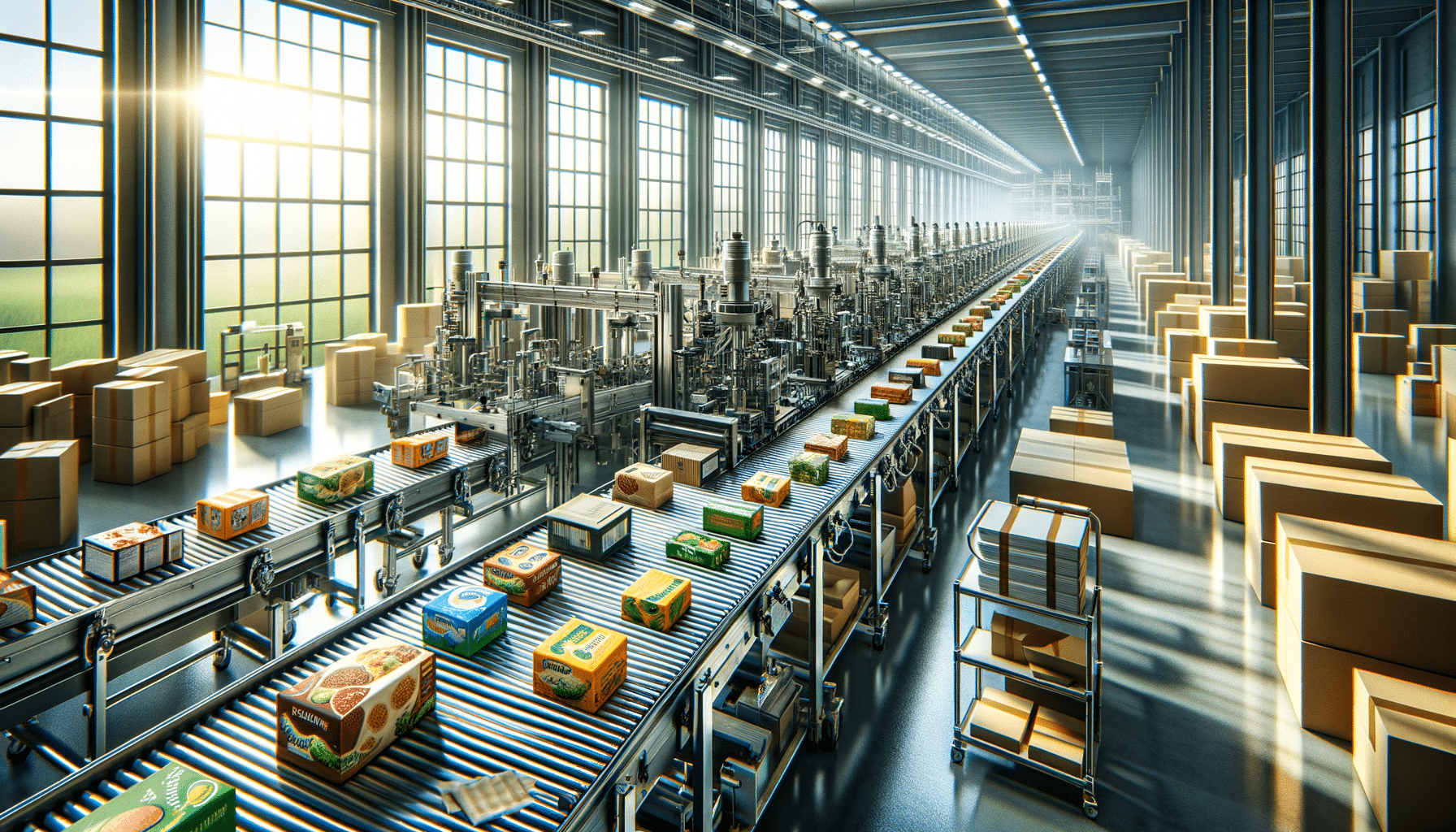
Exploring Opportunities in the Food Packaging Industry
The Vital Role of Food Packaging
Food packaging is an integral part of the food industry, serving as the bridge between food production and consumption. It ensures the safety, quality, and shelf life of food products, protecting them from contamination and spoilage. The packaging industry is not just about wrapping food; it involves a complex interplay of materials, technology, and design to meet the diverse needs of consumers and manufacturers alike.
Packaging serves several critical functions, including:
- Protection: Safeguarding food from physical damage, chemical contamination, and biological degradation.
- Preservation: Extending the shelf life of products, maintaining freshness and nutritional value.
- Convenience: Enhancing ease of use for the consumer, such as resealable pouches and microwave-safe containers.
- Communication: Providing essential information about the product, such as nutritional content, usage instructions, and expiration dates.
In recent years, the demand for sustainable packaging solutions has increased, driven by environmental concerns and consumer awareness. This shift is creating new opportunities and challenges within the industry, pushing for innovations in biodegradable and recyclable materials.
Materials and Technologies in Food Packaging
The choice of materials and technologies in food packaging is crucial for ensuring product safety and meeting regulatory standards. Traditionally, materials like glass, metal, and paper have been widely used. However, the industry has seen a significant shift towards advanced polymers and composites that offer superior barrier properties and flexibility.
Some of the common materials used in food packaging include:
- Plastics: Widely used for their lightweight and versatile nature, enabling a range of packaging formats from bottles to films.
- Glass: Known for its excellent barrier properties, glass is ideal for products requiring airtight seals.
- Metal: Often used for canned goods, offering durability and protection against external factors.
- Paper and Cardboard: Popular for their recyclability and cost-effectiveness, often used in dry goods packaging.
Technological advancements are also playing a pivotal role in the evolution of food packaging. Smart packaging, which includes features like time-temperature indicators and QR codes, is gaining traction. These technologies not only improve the consumer experience but also enhance supply chain transparency and efficiency.
Sustainability in Food Packaging
Sustainability has become a central focus in food packaging, as consumers and businesses alike seek environmentally friendly solutions. The environmental impact of packaging materials, particularly plastics, has led to increased efforts to develop sustainable alternatives.
Efforts to make packaging more sustainable include:
- Biodegradable Materials: Developing materials that break down naturally, reducing landfill waste.
- Recyclable Packaging: Designing packaging that can be easily recycled, minimizing resource consumption.
- Reduced Material Use: Innovating to use less material without compromising product protection.
Companies are also exploring closed-loop systems, where packaging is collected, recycled, and reused in a continuous cycle. This approach not only reduces waste but also lowers production costs and conserves resources.
Innovations and Trends in Food Packaging
The food packaging industry is continually evolving, driven by technological advancements and changing consumer preferences. Innovations in packaging are not only enhancing product safety and convenience but also contributing to sustainability efforts.
Some of the emerging trends in food packaging include:
- Active Packaging: Incorporates components that interact with the food to extend shelf life and improve safety.
- Personalized Packaging: Offers customization options for consumers, enhancing engagement and brand loyalty.
- Minimalist Design: Focuses on simplicity and efficiency, using less material and reducing environmental impact.
These trends are shaping the future of the industry, encouraging companies to invest in research and development to stay competitive and meet the evolving demands of consumers.
Opportunities in the Food Packaging Industry
The food packaging industry offers a wide range of career opportunities, from design and engineering to marketing and sales. As the industry continues to grow and innovate, the demand for skilled professionals is increasing.
Some of the key areas offering career opportunities include:
- Packaging Design: Involves creating functional and aesthetically pleasing packaging solutions.
- Quality Assurance: Ensures that packaging meets safety and regulatory standards.
- Supply Chain Management: Focuses on optimizing the distribution and logistics of packaging materials.
- Sustainability Consulting: Advises companies on implementing sustainable packaging practices.
With the industry’s emphasis on innovation and sustainability, professionals in this field have the opportunity to make a significant impact on the environment and consumer experience.


